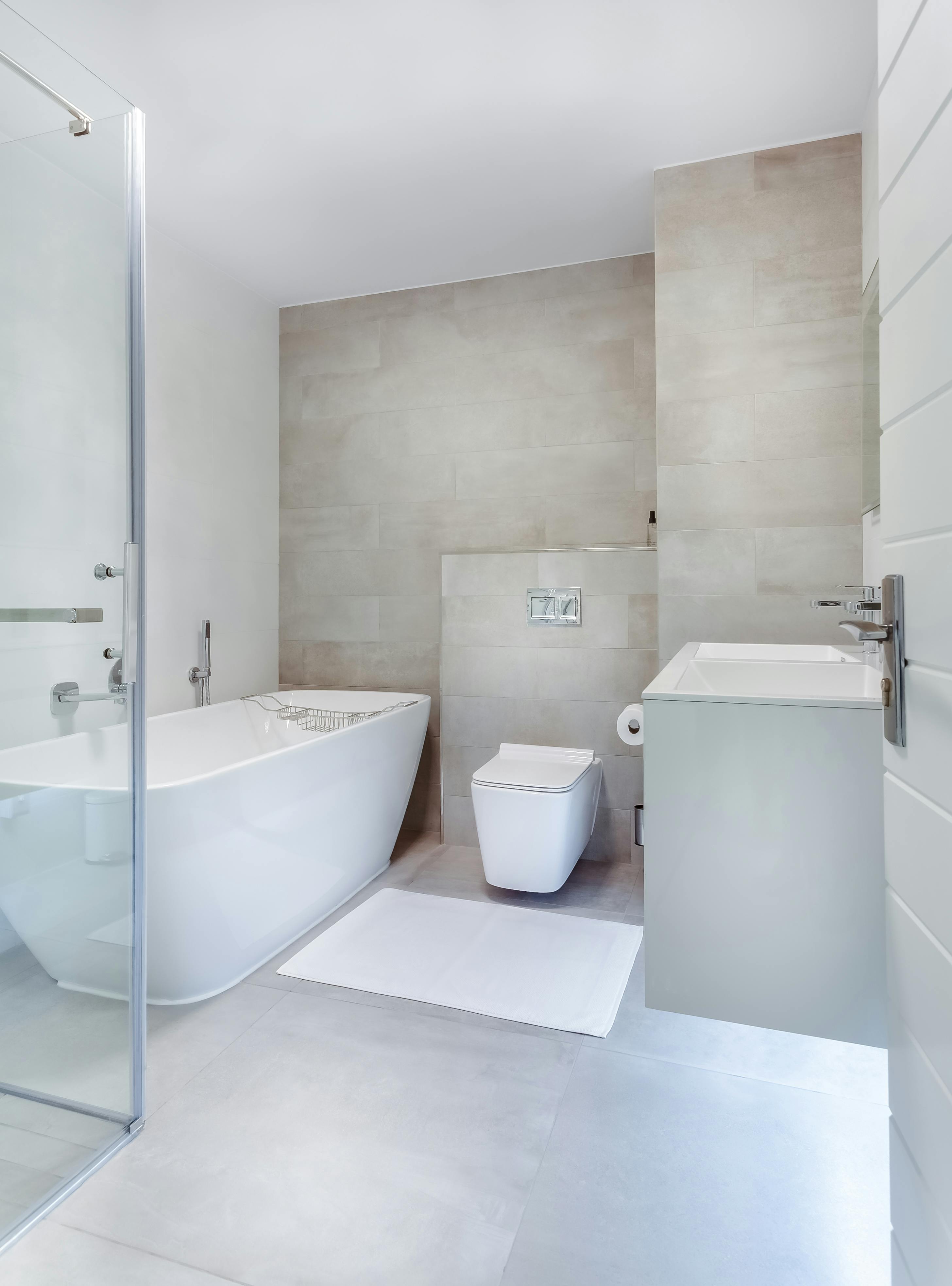Hardwood

Title: Unveiling Hardwood Flooring Costs: A Comprehensive Guide
Introduction:
The product is renowned for its timeless beauty, durability, and ability to add value to a home or commercial space. Whether you're planning to install hardwood floors in a single room or throughout your entire property, it's essential to understand the various factors that influence costs. This comprehensive guide will delve into the intricacies of pricing, covering key determinants, different hardwood species and types, installation methods, maintenance considerations, and expert tips for budgeting your project.
I. Factors Influencing Costs:
Numerous factors contribute to the overall cost. Gaining insight into these factors will enable you to estimate expenses accurately and make informed decisions for your project.
1. **Hardwood Species:**
The type of hardwood species you choose significantly impacts the cost of your flooring. Different species vary in terms of availability, hardness, grain patterns, and colors. Common hardwood species include oak, maple, cherry, hickory, walnut, and exotic species like Brazilian cherry or teak.
2. **Hardwood Grade:**
Hardwood is graded based on the appearance of the wood, with clear and select grades being more expensive due to their minimal imperfections, while lower grades may feature more knots and color variations but come at a lower price point.
3. **Solid vs. Engineered Hardwood:**
Solid hardwood is made entirely from one type of wood and is known for its durability and ability to be refinished multiple times. Engineered hardwood, on the other hand, consists of a hardwood veneer layer on top of multiple layers of plywood or composite material. Engineered hardwood is often more budget-friendly and can be installed in areas with fluctuating humidity levels.
4. **Plank Width and Thickness:**
The width and thickness of the hardwood planks you choose can affect the overall cost. Wider and thicker planks are generally more expensive due to the increased material cost and manufacturing complexity.
5. **Finish and Texture:**
The finish and texture of can influence pricing. Prefinished hardwood, which is finished at the factory, may be more expensive than unfinished hardwood that requires finishing on-site. Additionally, textured finishes like hand-scraped or distressed styles may come at a higher cost for their unique aesthetic appeal.
6. **Installation Method:**
The method of installation can impact the overall cost of your project. Common installation methods include nail-down, glue-down, or floating installations. Nail-down installation may be more labor-intensive and can affect costs.
7. **Subfloor Condition:**
The condition of your subfloor plays a crucial role in installation costs. If your subfloor requires extensive preparation, leveling, or moisture mitigation, these additional steps can contribute to the overall project expenses.
8. **Location and Labor Costs:**
Labor costs for installation can vary by geographic location and the availability of skilled installers. Areas with a higher cost of living and strong demand for skilled labor may have higher labor rates, influencing the total project cost.
9. **Additional Materials:**
Depending on the installation method and specific project requirements, you may need additional materials such as underlayment, adhesive, transition strips, and floor molding. These supplementary materials can affect the total project cost.
10. **Room Size and Complexity:**
The size and layout of the room or area where it will be installed can impact costs. Irregularly shaped rooms, multiple rooms, or spaces with many corners and angles may require more labor and materials.

